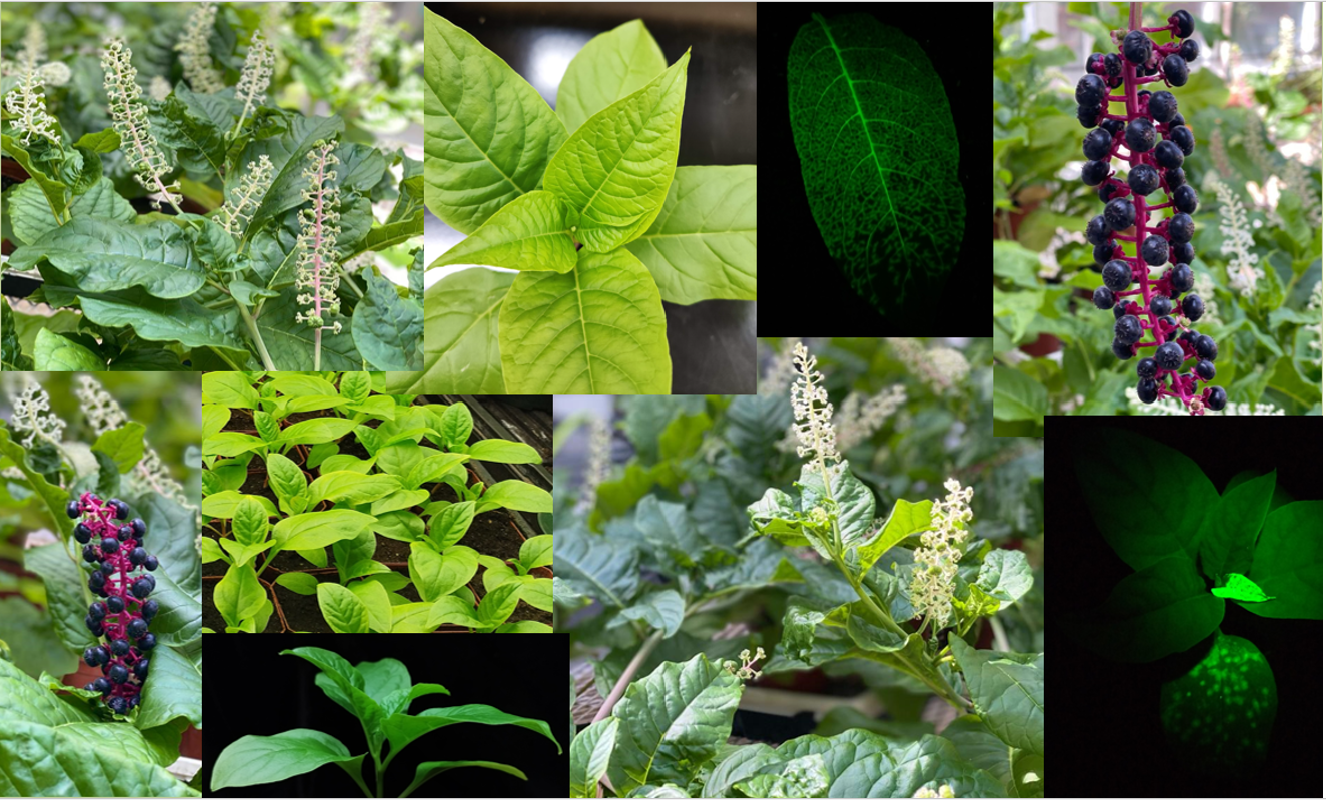
Plants produce hundreds of defense compounds essential for their survival. These factors help them respond to environmental cues and fend off pathogens. Our lab is focused on understanding the function of a specific group of enzymes called RNA glycosylases. These enzymes hydrolyze purine bases from certain RNAs, including ribosomal RNA and viral RNAs.
Early studies showed that damage to ribosomal RNA by depurination inhibited protein synthesis, supporting the idea that maybe these enzymes acted in defense against pathogens by being toxic. Upon pathogen invasion, glycosylases would be released from subcellular spaces where they are stored, to kill plant cells and limit pathogen spread. Our recent search for these enzymes within sequenced plant genomes predicted that most were localized with ribosomes in the cytosol of cells, raising questions regarding their toxicity. Moreover, we have shown that some glycosylases depurinate viral RNAs directly, reducing viral levels without cytotoxicity. How these enzymes are antiviral remains an open question as most of our knowledge comes from their over-expression in heterologous systems. Little is known about their function and regulation in the plants that synthesize them.
The goal of our research is to understand how RNA glycosylases function in plant defense. We study pokeweed (Phytolacca americana) because the plant is resilient to environmental stress and expresses several glycosylases, one of which is pokeweed antiviral protein (PAP). Our methods combine molecular biology with bioinformatic analyses to address specific research questions. For a brief description of these, please read about the projects of my Lab Members.

